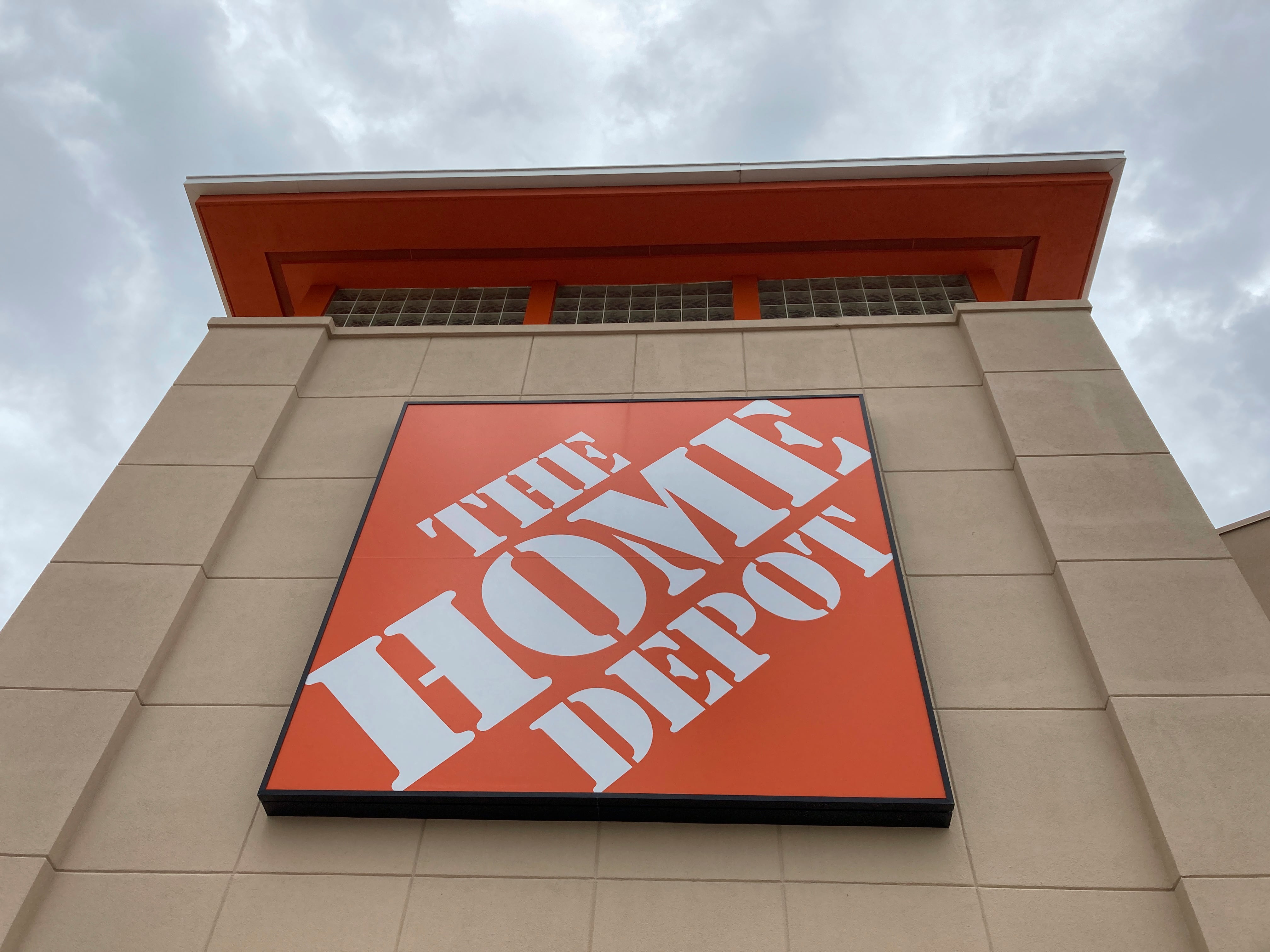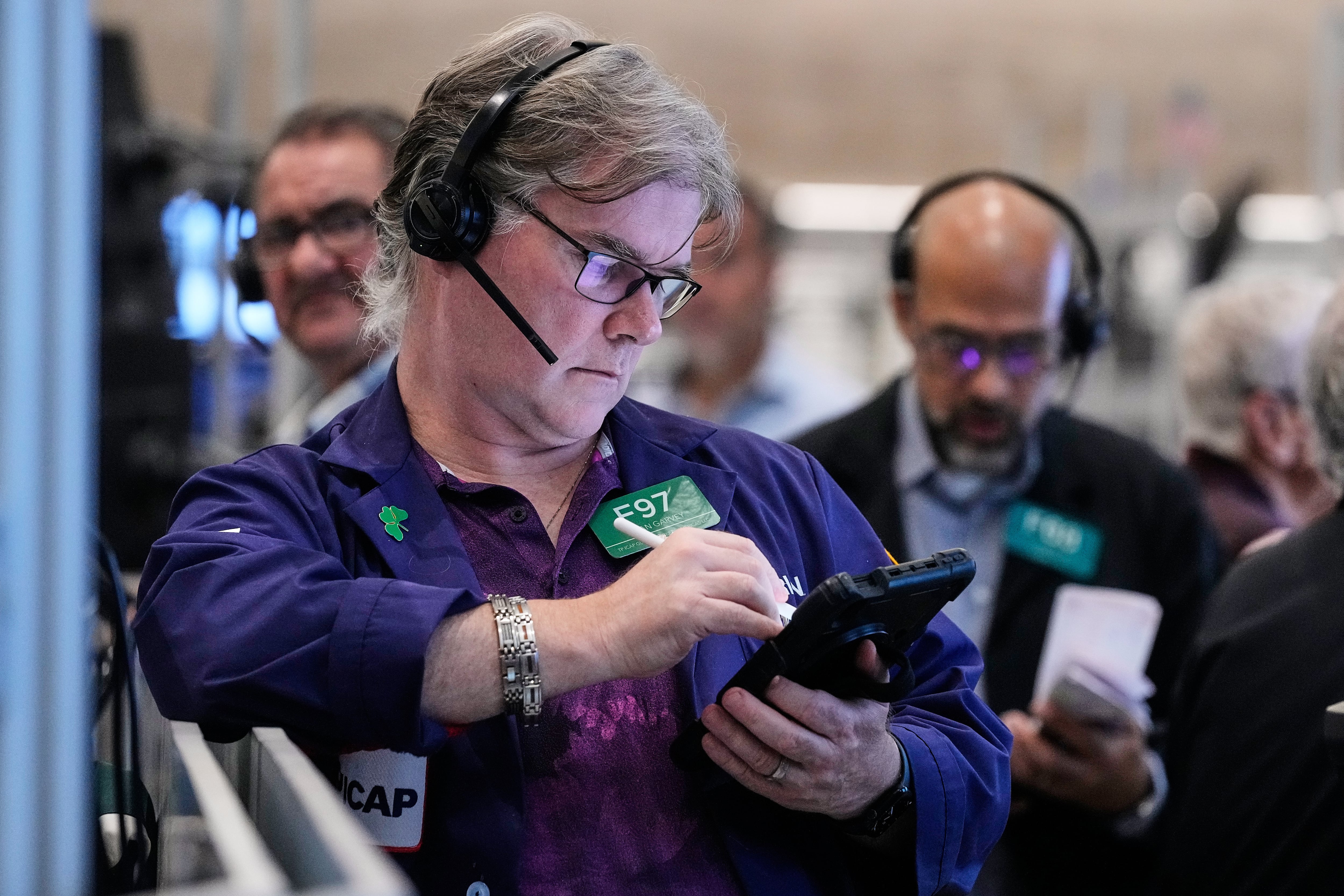LOS ANGELES (AP) — U.S. homeowners are spending more on home renovation projects, bucking a broader pullback by consumers amid diminished confidence in the economy.
Sales at building materials and garden supply retailers rose 0.8% last month from March, the biggest gain since 2022, and were up 3.2% from April last year. At the same time, U.S. retail sales overall rose 0.1%, a sharp slowdown from March.
The trend comes even as prices for home improvement products have been rising.
The cost of home repairs and remodeling climbed by nearly 4% in the first quarter from a year earlier, according to Verisk’s Remodel Index. The strategic data analytics firm tracks costs for more than 10,000 home repair items, from appliances to windows.
Recent price increases appear to be driven primarily by labor costs and don’t appear to reflect the ongoing trade war that the Trump administration is engaged in with major U.S. trading partners like Mexico, China and Canada.
“We haven’t seen panic buying from contractors or investors concerned about the impact tariffs might have on future costs, or labor rates being driven up by stricter enforcement of immigration policies,” Greg Pyne, vice president of pricing for Verisk Property Estimating Solutions, said in a report earlier this month.
Home Depot said Tuesday that it doesn’t expect to raise prices because of tariffs, saying it has spent years diversifying the sources for the goods on its shelves. However, executive Billy Bastek said some products now on Home Depot shelves may disappear.
He also noted that the chain is seeing fewer customers taking on large home improvement jobs like kitchen and bath remodels, because high interest rates may be dissuading homeowners from borrowing money to finance such projects.
Spending on home renovations has remained resilient as elevated mortgage rates and skyrocketing home prices have frozen out many would-be buyers. That’s kept U.S. home sales in a slump, limiting the market for homeowners who want to sell.
Many homeowners also bought or refinanced their mortgage when the average rate on a 30-year home loan was below 3% or 4% in the first couple of years of the pandemic. That’s made them reluctant to sell now, when the average rate is hovering near 7%.
In response, many homeowners have opted to to invest in sprucing up their home rather than sell and take on a mortgage with a sharply higher interest rate.
A shortfall in new home construction more than a decade in the making has kept people living in older homes longer. Nearly half of the owner-occupied homes in the U.S. were built before 1980 and have a median age of 41 years, according to an analysis of Census data by the National Association of Home Builders. That aging stock of homes has helped fuel the need for repairs and improvements.
Harvard University’s Joint Center for Housing Studies’ most recent quarterly outlook of home improvement projects that spending on home renovations will continue to increase this year, despite economic uncertainty.
Spending by homeowners on maintenance and home improvement projects increased 0.5% in the first quarter from a year earlier to $513 billion, according to the JCHS’ leading indicator of remodeling activity, or LIRA.
It also forecasts annual increases from here that will drive spending to $526 billion by the first quarter of next year. That would represent a 2.5% increase from the first quarter of this year.
Rising home prices and signs of a solid economy have supported the outlook for higher spending on home improvement, but that could change if the housing market and economic outlook worsen, said Carlos Martín, director of the JCHS’ Remodeling Futures Program.
“Building materials retail sales are strong, but we are seeing a significant downturn in the sales of existing homes and their median sales price since the last projection — both are known contributors to home improvements,” Martin said. “Broader economic turbulence like a recession, a worsening job market or higher inflation would almost certainly temper our expectations.”
Nvidia and other technology stocks are propping up Wall Street.
For President Donald Trump, tariffs — or the threat of them — can bend nations to his will.
The mighty heft of Amazon is pulling the U.S. stock market higher. The S&P 500 rose 0.6% Friday, erasing some of its slump from the day before and pulling closer to its all-time high set on Tuesday. The index is on track to close a third straight winning week and a sixth straight winning month, which would be its longest monthly winning streak since 2021. The Dow Jones Industrial Average added 65 points, and the Nasdaq composite climbed 1.1%. Amazon led the way after delivering a much bigger profit than analysts expected. Treasury yields eased a bit in the bond market.
President Donald Trump said he has decided to lower his combined tariff rates on imports of Chinese goods to 47% after talks with Chinese leader Xi Jinping on curbing fentanyl trafficking.
The Federal Reserve cut its key interest rate Wednesday for a second time this year as it seeks to shore up economic growth and hiring even as inflation stays elevated. The move comes amid a fraught time for the central bank, with hiring sluggish and yet inflation stuck above the Fed’s 2% target. Compounding its challenges, the central bank is navigating without much of the economic data it typically relies on from the government. The Fed has signaled it may reduce its key rate again in December but the data drought raises the uncertainty around its next moves. Fed Chair Jerome Powell told reporters that there were “strongly differing views” at the central bank's policy meeting about to proceed going forward.
The Federal Reserve will almost certainly cut its key interest rate on Wednesday and could signal it expects another cut in December as the central bank seeks to bolster hiring. A cut Wednesday would be the second this year and could benefit consumers by bringing down borrowing costs for mortgages and auto loans. Since Fed chair Jerome Powell strongly signaled in late August that rate cuts were likely this year, the average 30-year mortgage rate has fallen to about 6.2% from 6.6%. Still, the Fed is navigating an unusual period for the U.S. economy and its future moves are harder to anticipate than is typically the case.
Stocks are rallying toward more records ahead of a week packed with potentially market-moving events. The S&P 500 rose 1% Monday. The Dow Jones Industrial Average added 224 points, and the Nasdaq composite jumped 1.7%. Stocks also climbed in Asia ahead of a meeting on Thursday between the heads of the United States and China. The hope is that the talks could clear rising tensions between the world’s two largest economies. This upcoming week will feature profit reports from some of Wall Street's most influential companies and a meeting by the Federal Reserve on interest rates. Gold fell back toward $4,000 per ounce.
U.S. and Chinese officials say a trade deal between the world’s two largest economies is drawing closer. The sides have reached an initial consensus for President Donald Trump and Chinese leader Xi Jinping to aim to finalize during their high-stakes meeting Thursday in South Korea. Any agreement would be a relief to international markets. Trump's treasury secretary says discussions with China yielded preliminary agreements to stop the precursor chemicals for fentanyl from coming into the United States. Scott Bessent also says Beijing would make “substantial” purchases of soybean and other agricultural products while putting off export controls on rare earth elements needed for advanced technologies.
Some seniors say the Social Security Administration's cost-of-living adjustment won’t help much in their ability to pay for their daily expenses. The agency announced Friday the annual cost-of-living adjustment will go up by 2.8% in 2026, translating to an average increase of more than $56 for retirees every month. Eighty-year-old Florence, South Carolina, resident Linda Deas says it does not match the current "affordability crisis.” The benefits increase will go into effect for Social Security recipients beginning in January. Friday’s announcement was meant to be made last week but was delayed because of the federal government shutdown. Recipients got a 2.5% COLA boost in 2025 and a 3.2% increase in 2024.
Wall Street is heading for records after an update said U.S. households are feeling a bit less pain from inflation than feared. The S&P 500 climbed 1% Friday and was on track to top its all-time high set earlier this month. The Dow Jones Industrial Average jumped 529 points, and the Nasdaq composite rose 1.3%. Both are also heading toward records. The inflation data could clear the way for the Federal Reserve to keep cutting interest rates in hopes of helping the slowing job market. A strong earnings reports from Ford Motor and continued gains for AI stars also drove stocks higher.













